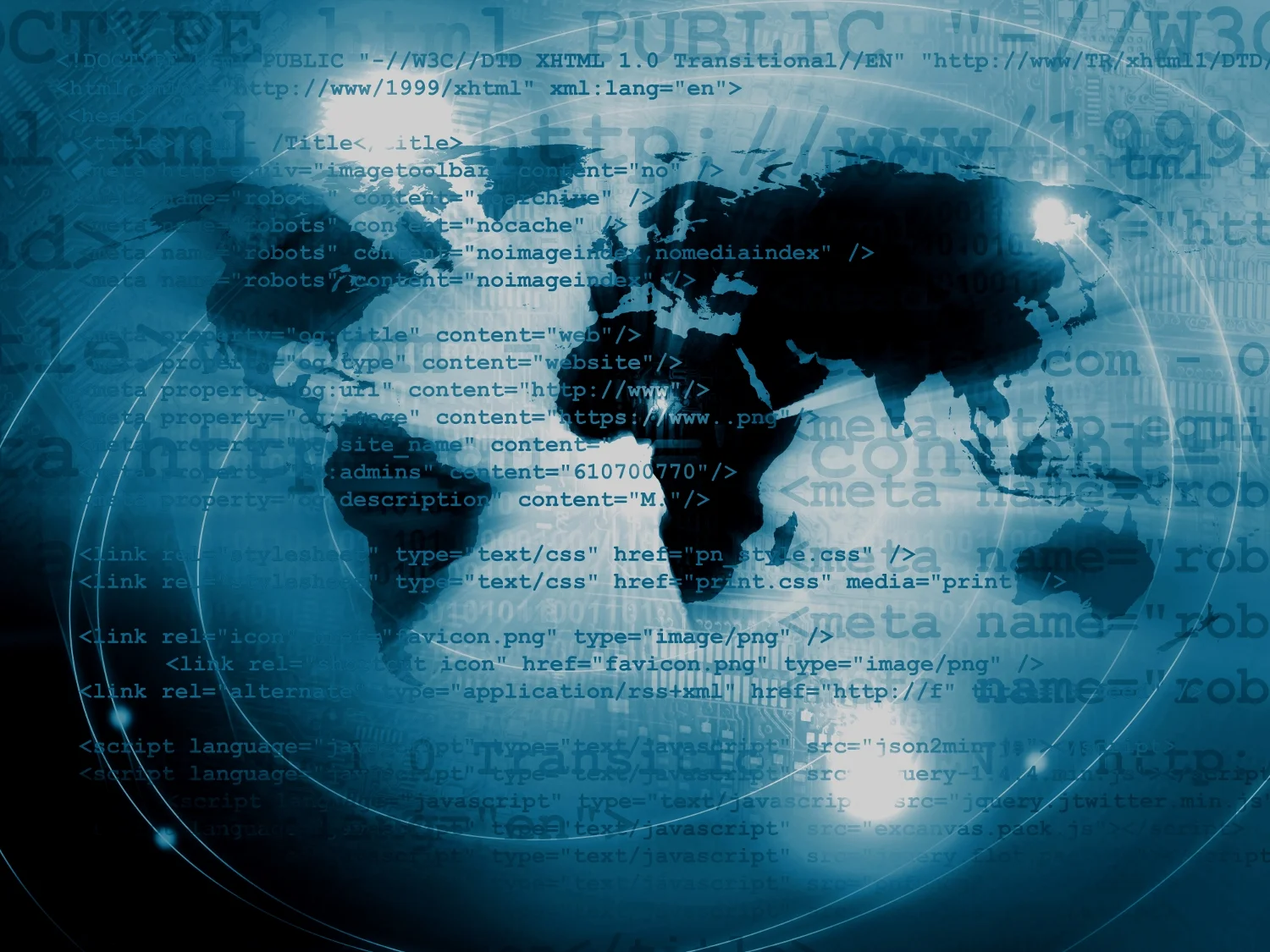CASSINI'S SACRIFICE
/Photo of Enceladus courtesy of NASA/Cassini-huygens mission/imaging science subsystem
After nearly twenty years in space, NASA’s Cassini spacecraft met its end this week. Launched on October 15, 1997, it reached Saturn seven years later and has explored the giant planet, its rings and moons, ever since, until being sent hurtling to its destruction in Saturn’s atmosphere in the morning hours of September 15th.
By any measure, the Cassini-Huygens mission must be considered one of the most successful exploratory space journeys ever. Among other things, it discovered that Saturn’s moon Titan has weather and geological processes similar to those on Earth that create our lakes and rivers, except with liquid methane and ethane instead of water. And the complex soup of organic chemicals in Titan’s atmosphere could be a nursery for emergent life. It found that Saturn has a gigantic, hexagonal-shaped hurricane raging endlessly around its north pole. It showed that Saturn’s awesome rings, mostly composed of water ice, aren’t static (components coalesce and break up constantly) and aren’t flat (vertical textures cast long shadows when the lighting is right). And one of Cassini’s most important discoveries was that the moon Enceladus is covered with a surface of fissured ice over a briny ocean—water, lots and lots of it. The stuff that’s the basis for life as we know it.
In fact, the reason mission command deliberately sent Cassini to its doom is because they feared that, once out of fuel and beyond their control, the spacecraft might collide with Titan, Enceladus, or some other moon that could hold the germs of life in some form, and contaminate that environment with elements from Earth. It must have been a painful decision, but it was the right one (even though the Huygens probe had already landed on Titan in 2004, its potential for contamination would be much less than a disintegrated bus-size Cassini).
Saturn’s moons aren’t the only likely candidates for extraterrestrial life in the solar system. Jupiter’s moon Europa also has a vast ocean beneath miles of ice, and both Callisto and Ganymede might have water deposits beneath their rocky surfaces. Water on Mars could possibly host microbial life, or it might even exist in the upper atmosphere of Venus, floating on the fierce winds.
As a science fiction writer, I have to wonder: how will it change our cosmic viewpoint if we discover life somewhere beyond Earth? After all, Galileo was persecuted for producing evidence that the Earth moved around the sun and therefore wasn’t the centre of the universe. Granted, that was a long time ago, but would the discovery that Earth is not the only home of life produce a similar backlash? Or have scientists been preparing us for such news for long enough that ultimate confirmation won’t come as a shock?
If you believe in a God who cares even for the lowliest sparrow (and by implication, every life form on Earth), then I don’t think the revelation of life on other worlds should reflect a reduction in status for humankind. There’s also no reason for Titan microbes to be regarded as essentially different from terrestrial slime moulds in some kind of cosmic hierarchy. But it would eliminate Earth’s status as the sole Cradle of Life. Some people are bound to take that badly. I’d hope that the revelation of non-terrestrial life would stir an even greater curiosity to learn what lies beyond our own planet and even our own stellar neighbourhood.
Just as difficult are the questions of what we should do about new forms of life that we discover. The Cassini mission team decided that alien life must be left undisturbed to develop along its own path, but human history doesn’t exactly shine with examples of the “hands off” approach. We more typically look for ways to exploit anything and everything we find, and non-terrestrial life isn’t likely to be any different. (Movies like the Alien series in which bad guys hope to use deadly alien life forms as weapons are, unfortunately, not hard to believe!) It’s time we gave real teeth to proposed “space law” that would protect against contamination and exploitation of potentially life-bearing environments (current treaties vaguely seek to protect Mars from being contaminated while the search for life there is carried out, but they don’t go nearly far enough).
Of course, if we were to learn that life-sustaining worlds are actually numerous elsewhere in the galaxy, who could resist the urge to explore or even colonize them? It is a fine ethical line to tread. The prospect of new worlds bursting with verdant growth would prove irresistible to our species’ drive to expand our territory. May we learn greater wisdom as we do so.
And our cosmic view is bound to change entirely if we ever discover other intelligent life. I’ve seen the calculations of those who insist that we’re alone in the universe—the odds that various chemicals will randomly combine, form organic molecules, mutate, evolve, and eventually produce intelligent beings truly are mind-bogglingly low, even given many millions of years. But when I look into the vastness of the night sky, I simply can’t accept that we’re the only self-aware beings among so many billions of stars and worlds. Unfortunately, once we know that we’re not alone in the universe, suddenly questions of territory, rights, and destiny will arise. And humans have never been particularly good at sharing with others outside our clan!
I prefer to be optimistic. I believe we will discover other life within the solar system, and then elsewhere, and then the unmistakeable signs that other thinking, creative entities are “out there”. So we should start preparing ourselves now, mentally, philosophically, and judicially. And, perhaps inspired a little by the sacrifice of Cassini, we should commit ourselves to doing what’s right in the service of all Life.



